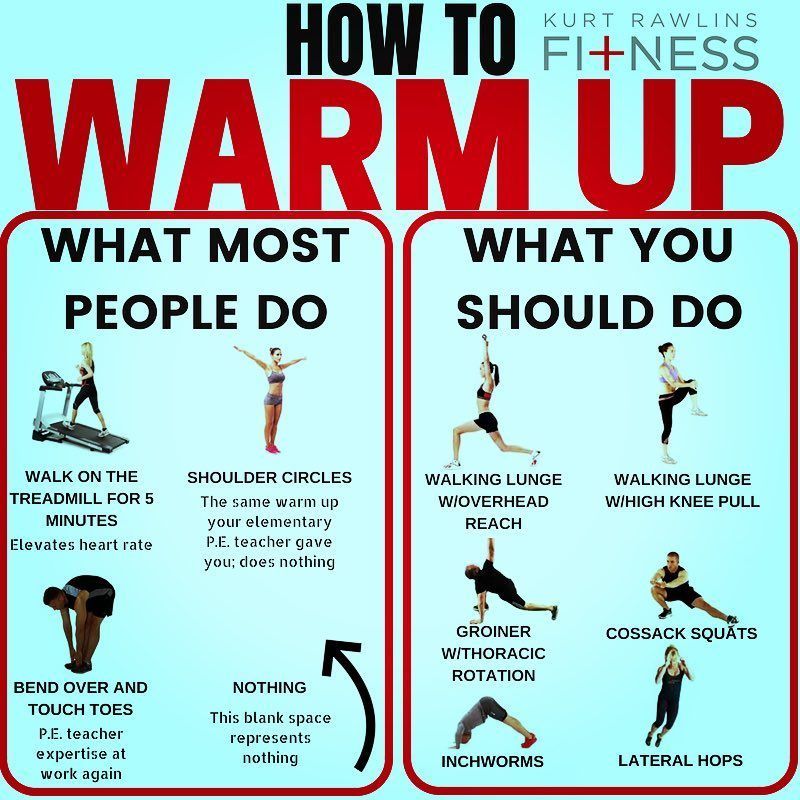
Stretching and warm-ups are essential components of any exercise routine. They prepare your body for physical activity and can significantly enhance your performance while reducing the risk of injuries. In this article, we will explore the importance of incorporating stretching and warm-ups into your fitness regimen.
Understanding Stretching
Stretching involves gently elongating muscles, tendons, and other soft tissues. It helps improve flexibility and range of motion, promoting better movement during workouts. Static stretching, where you hold a stretch for a prolonged period, and dynamic stretching, where you move through a stretching position, are two common stretching techniques.
The Benefits of Stretching
Stretching offers numerous benefits for both casual exercisers and athletes:
Improved Flexibility: Regular stretching gradually increases your muscles’ elasticity, allowing you to achieve a greater range of motion.
Injury Prevention: Enhanced flexibility and greater range of motion reduce the likelihood of strains, sprains, and muscle tears during exercise.
Enhanced Performance: Proper stretching increases blood flow to the muscles, delivering oxygen and nutrients that enhance performance and endurance.
Reduced Muscle Soreness: Stretching after a workout helps relieve muscle tension and stiffness, minimizing post-exercise soreness.
The Importance of Warm-ups
Warm-ups, usually performed before exercise, involve light cardiovascular activity to raise your body temperature and increase blood flow to your muscles. They prepare your body for more intense physical activity and offer several benefits:
Increased Blood Flow: Warm-ups stimulate circulation, increasing blood flow to your muscles and joints, which helps prevent injuries.
Improved Flexibility: Warm muscles are more pliable, allowing for better performance during stretching exercises.
Mental Preparation: A warm-up primes your mind for the upcoming workout, improving focus and concentration.
Ready for High Intensity: By gradually raising your heart rate and breathing, a warm-up prepares your body for greater exertion.
The Best Stretching and Warm-up Practices
To get the most out of your stretching and warm-up routines, consider the following tips:
Start Slow: Begin with gentle warm-up exercises like light jogging, jumping jacks, or yoga poses to gradually increase your heart rate.
Focus on Major Muscles: Prioritize stretching the major muscle groups like your legs, hips, back, and shoulders.
Hold Stretches: When stretching, hold each position for 15-30 seconds and repeat each stretch 2-3 times to improve flexibility.
No Bouncing: Avoid bouncing or jerking movements during stretches, as they can lead to injury.
Listen to Your Body: If you feel pain or discomfort during stretching or warm-up exercises, stop and consult a healthcare professional.
Conclusion
Stretching and warm-ups are crucial components of any exercise routine. They help prevent injuries, improve flexibility, enhance performance, and reduce post-workout muscle soreness. By incorporating stretching and warm-ups into your fitness regimen and following best practices, you can optimize your workouts and enjoy long-term health benefits.
